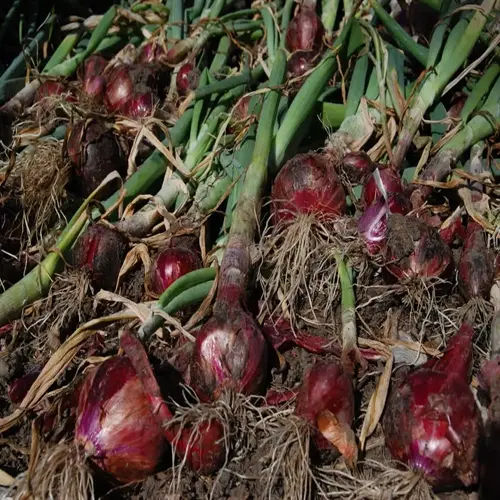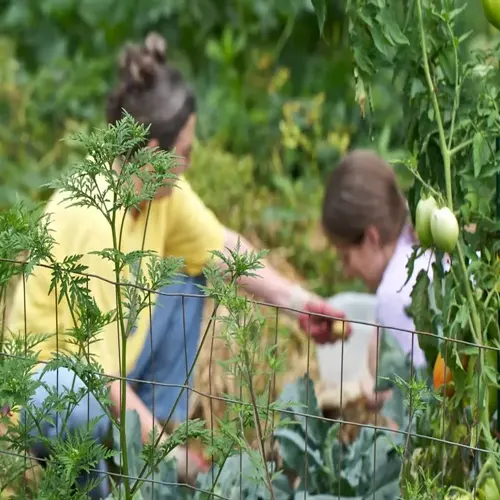Can squash ripen after being picked?

Written by
Kiana Okafor
Reviewed by
Prof. Samuel Fitzgerald, Ph.D.The behavior of ripening is quite different between summer and winter squash after harvest. Summer varieties, such as zucchini, cease developing as soon as they are harvested, whereas winter varieties, like butternut, undergo curing to reach their full potential. Not understanding this process will lead to loss of flavor and storage issues. I ruined my first butternut harvest by not curing it.
Summer squash does not ripen after harvest. Flavor, texture, and sweetness will not change from the moment it is picked. Refrigerate it immediately for optimal freshness. Do not hope that immature zucchini will develop flavor on the countertop while it sits in your kitchen. This myth leads to bitterly disappointing preceding meals.
The winter squash requires active curing for proper ripening. Locate in warm (80-85°F) locations with good air circulation for 10-14 days. This process converts starches to sugars and toughens skins. Acorn squash is the only exception- curing makes them stringy, so store immediately after harvesting.
Summer Squash Protocol
- Harvest ripe: Pick only fully colored glossy squash
- Immediate chilling: Refrigerate within 2 hours of harvest
- No improvement: Accept flavor as-is at picking moment
Winter Curing Method
- Temperature control: Maintain 80-85°F using greenhouse or sunny room
- Air circulation: Space squash 6 inches apart on racks
- Duration: Cure 10 days for thin-skinned 14 days for thick-skinned varieties
Troubleshooting
- Mold prevention: Wipe with diluted vinegar before curing
- Under-cured squash: Extend curing time if skins dent easily
- Over-curing: Stop when stems shrivel slightly
Ethylene exposure has differential effects in both types. Summer squash has a higher decay rate when stored near apples (an ethylene producer). Winter squash has some tolerance to ethylene during the curing process, but should be kept away from ethylene sources thereafter. I cure squash in a separate room from the produce.
Use these techniques for optimum flavor and storage. Your winter squash will develop a deeper sweetness, while summer varieties will remain crisp and fresh. I can now enjoy perfectly ripened butternut squash long after harvesting it, all because I cured it correctly.
Read the full article: When to Harvest Squash: Complete Grower's Guide

